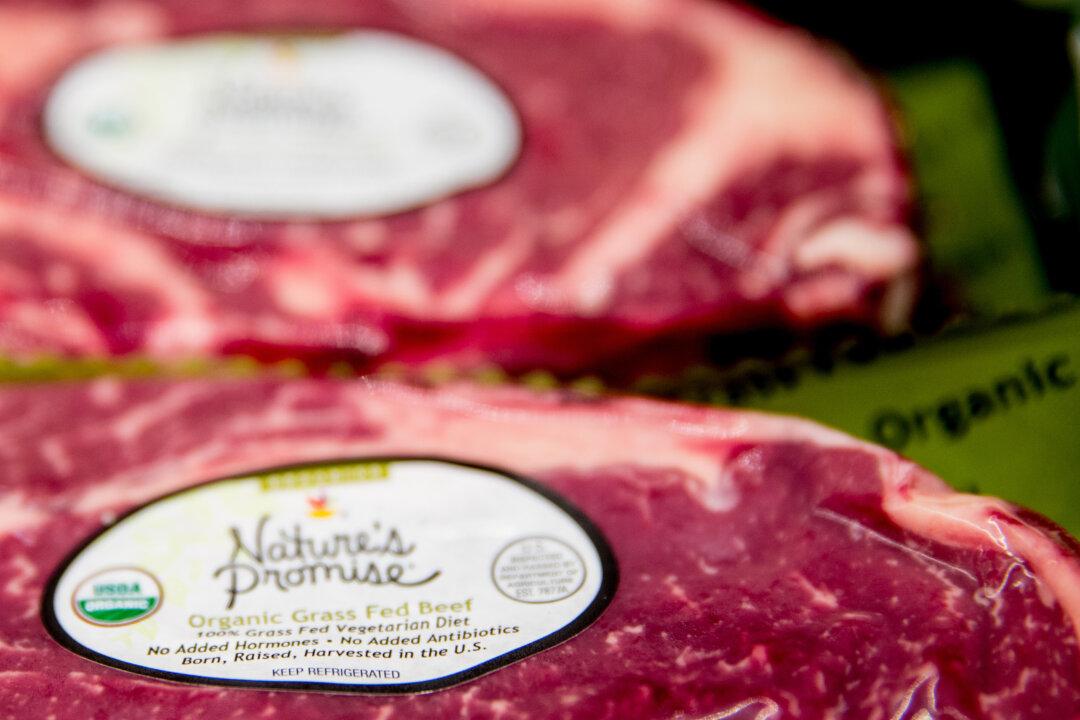Recent developments in an ongoing trade dispute between the United States, Mexico, and Canada may have lasting consequences for grocery shoppers: the disappearance of food labels indicating the source of our meats.
The United States enacted a rule in 2009 requiring all grocery stores and supermarkets to label where their beef, pork, poultry, and goat products are sourced: where the livestock is born, raised, and slaughtered.
While the information is helpful for U.S. consumers who want to know where their food comes from, Canada and Mexico felt that the mandatory labeling discriminated against livestock imported from the two countries. They filed complaints with the World Trade Organization (WTO), alleging that the United States’s country-of-origin labeling (COOL) violated international trade rules.
The WTO agreed.
On Monday, after the United States made its fourth and last possible attempt to appeal the decision, the WTO again ruled against the labeling requirements.
Soon after, Canada announced it would seek permission from the WTO to impose trade sanctions against U.S. agricultural and non-agricultural exports—an act of retaliation against unfair U.S. policies.






